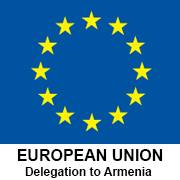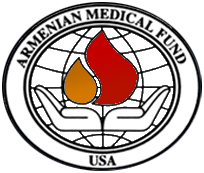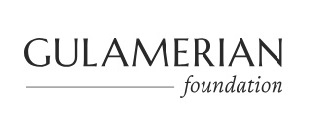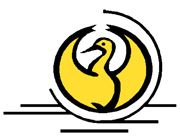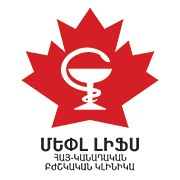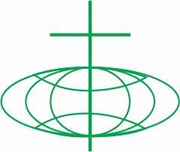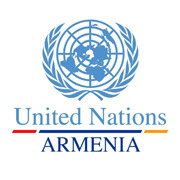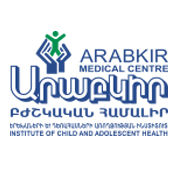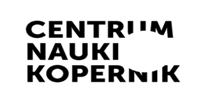Abrahamyan Nane, Gyumri, 2 years old
The parents applied to the Arabkir Medical Center having problems with their infant’s gait. The radiography detected two-sided dysplasia of the hip (DDH). After a conversation with the parents of the child it became clear that the grandmother, being herself a medical worker, displayed indifference to the ultrasound screening and did not allow the procedure. However, when the child began to walk, it was the grandmother who noticed the strange gait of the child and, realizing the seriousness of her wrong decision, made the parents consult the appropriate doctor. Now the child is under ambulatory treatment at the Arabkir Medical Center where the doctors will try to make the hip grow normally by means of conservative methods like using gypsum bandages and, later on, wearing a separating harness. The child will be monitored until the end of the treatment. However, because of the late detection of the hip dysplasia, it’s difficult to foresee how the child’s hips will grow. One cannot rule out that the doctors could very well recommend a surgical intervention when the child grows up.
The JMF, in collaboration with the Ministry of Health of Armenia (MOH) developed training for ultrasound specialists and pediatric orthopedists to prevent and to address cases just like this one. With this expertise, five ultrasound doctors can properly screen infants before and after the disability is identified, and two pediatric orthopedists can identify different levels of DDH and its risk groups, observe changes and improvements of hips and provide up-to-date treatment.













